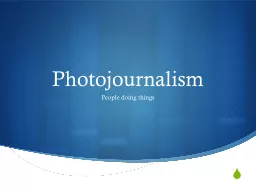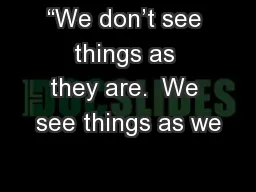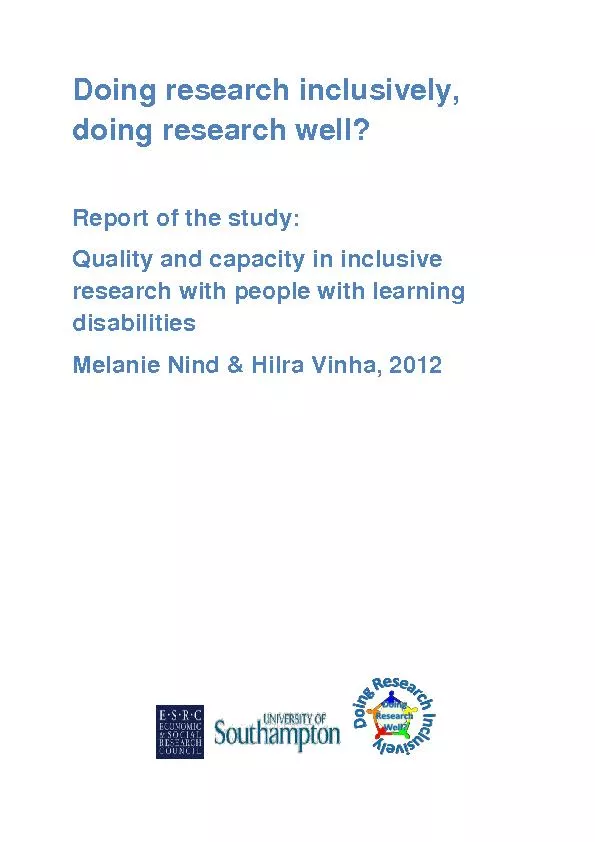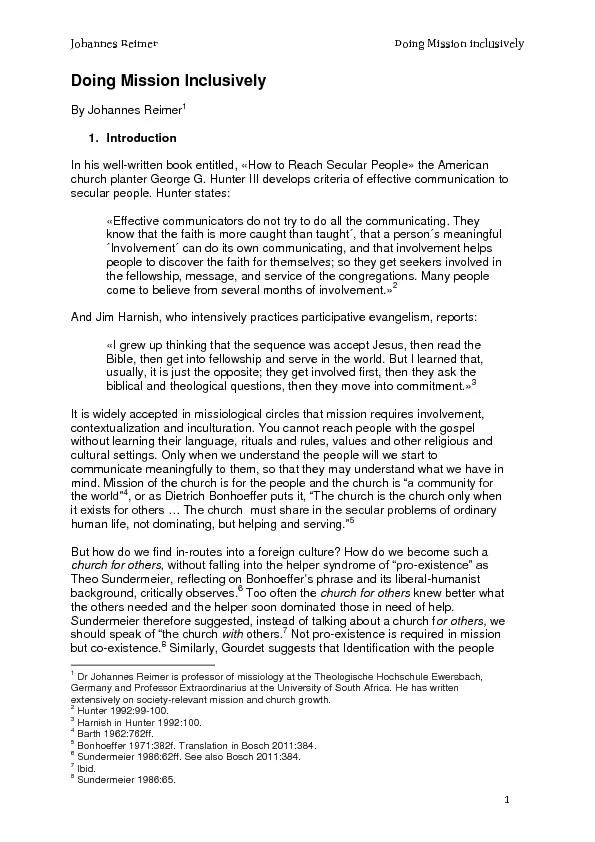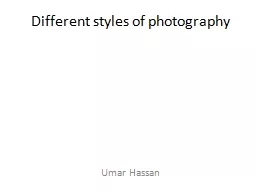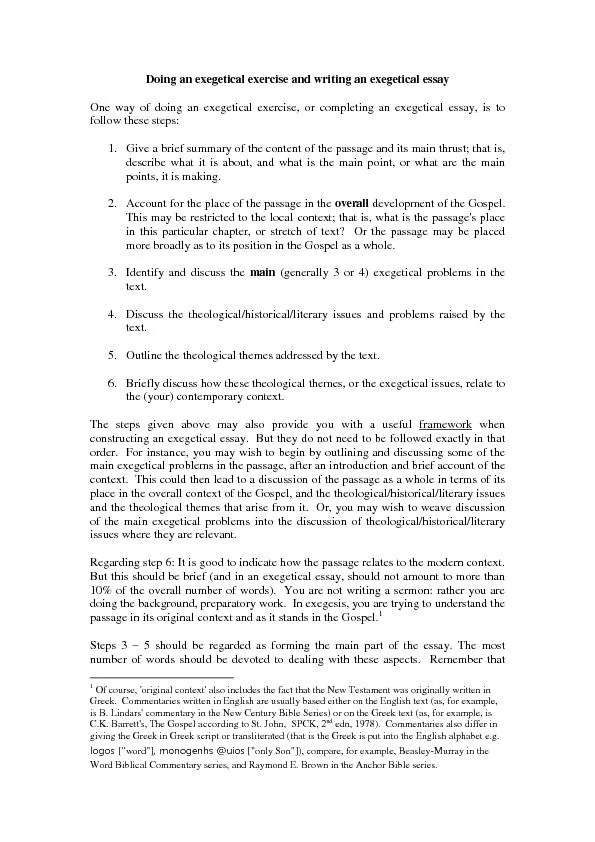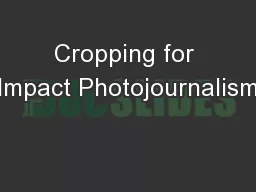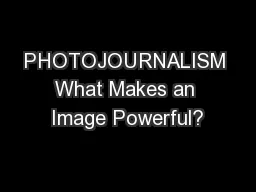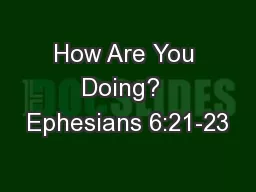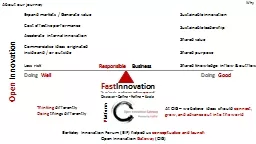PPT-Photojournalism People doing things
Author : friendma | Published Date : 2020-06-22
World of photography We rely on photography for a huge number of ways to communicate For most of us it serves as a way to capture and preserve memories This is as
Presentation Embed Code
Download Presentation
Download Presentation The PPT/PDF document "Photojournalism People doing things" is the property of its rightful owner. Permission is granted to download and print the materials on this website for personal, non-commercial use only, and to display it on your personal computer provided you do not modify the materials and that you retain all copyright notices contained in the materials. By downloading content from our website, you accept the terms of this agreement.
Photojournalism People doing things: Transcript
Download Rules Of Document
"Photojournalism People doing things"The content belongs to its owner. You may download and print it for personal use, without modification, and keep all copyright notices. By downloading, you agree to these terms.
Related Documents

